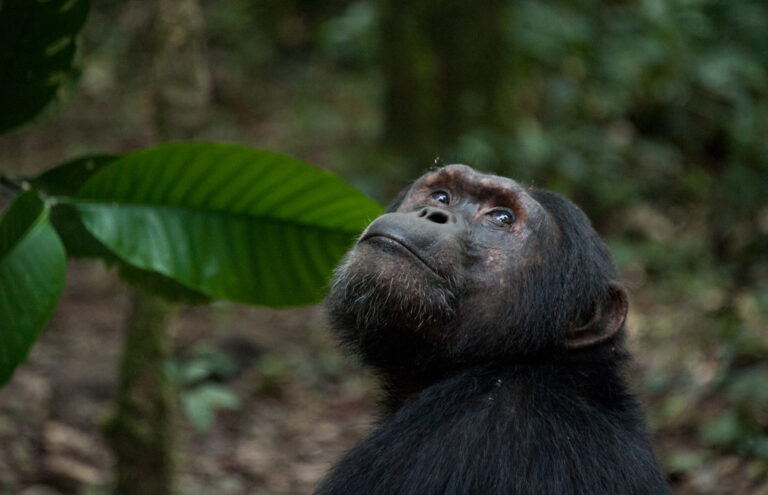The Mweya Peninsula is located on the northern bank of the impressive Kazinga Channel at the convergence of the channel with Lake Edward.
The area of the Mweya peninsular includes the Channel Track all the way down to Katunguru gate, then across to Kabatoro gate which has a chunky ground cover with dense vegetation dominated by Candelabra Thorn. This dense vegetation cover actually makes Game viewing quite challenging in this area. There are a number of tracks for game drive which are followed and these are all well maintained. Following the signposting may be challenging from time to time and chances are that at one point you may lose track of your way. The major road within the park plus the Channel Track are both noticeable features to which the different tracks for game drives merge with at some point.

Sample Safari Packages
Book Your Safari With One of These Top Rated Safari Companies
The majority of guests that visit the Mweya mainly do so simply to pleasure in the two hour launch cruise on the impressive Kazinga Channel. This park operates a twenty – seater motorized vessel which runs two ride a day one in the morning and the other in the afternoon. However from time to time there are three cruises on a single day basing on the numbers of visitors interested in taking this fascinating tour. Registration is done at the offices found in Mweya, and after that you will be requesting to join in on the team that is also taking the cruise. Trips set off from the landing stage beneath the lodge. You can choose to drive or to walk to the landing stage by leaving through the barricade at the headquarters of Mweya’s entrance.
At the Mweya peninsula enjoy splendid views over the water with sights stretching all through to the Rwenzori Mountains. The Mweya is among the finest places to spot a leopard, which normally live within the scrubby thickets. It is a focal point of the beautiful northern part of the park!
History of the Mweya Peninsula
The first evidence of existence of humans at Mweya actually dates back to close to 50,000 years back, and this area has perhaps been occupied for the last thousand years. The first not so old account of this place was provided by an explore Stanley, who reacked on the rim of the Mweya peninsula in the month of July in 1889 however he recorded that he couldn’t see anything but only a “formless void”, most probably due to the smoke from the bush-clearing fires. The Mweya had only 81 huts at that time and had plenty of sheep plus goats; however in 1891 when Lugard reached this peninsula, the village was actually deserted, possibly prior to Lugard’s party. As the century went by, the peninsula as well as the surrounding places where abandoned after epidemics of sleeping sickness plus rinderpest. Legitimately the peninsula stayed closed to all human settlements until it was later declared a section of the Queen Elizabeth National Park in 1952, although by that declaration, several people had started settling within the Mweya. The Mweya village today has an estimated population of 400 people, and is today the main hub for tourist activities within the Park.
There is a luxurious Uganda safari lodge in this area common to tourists called the Mweya Safari Lodge, which is found on the northern extreme of the Peninsula, and offers a spectacular sight over the adjacent Lake Edward.






























